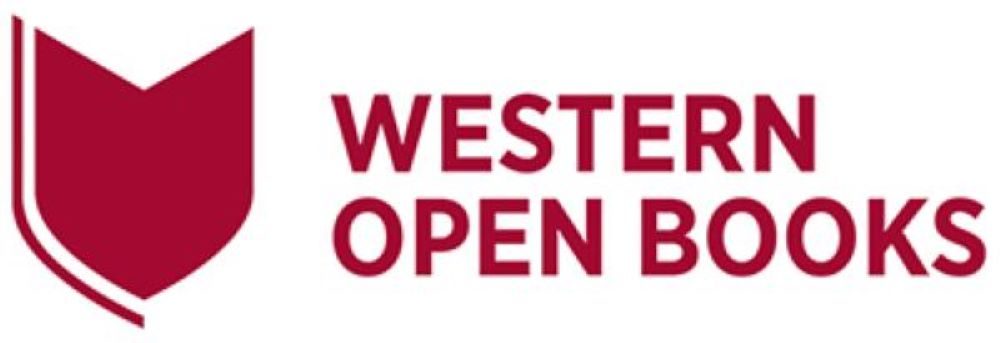13 Academic Promotions
A reputational increase with publishing OER may lead to further opportunities, e.g., workshops, tutoring, casual employment, and tenure. To get recognition for creating OER and an open syllabus, you can:
- Add details of your OER to your ORCID record
- Use alternative metrics to report on your open textbook social media activity (downloads, shares, views)
- Report on OER for promotion and tenure.
Check the Academic Promotions Guideline (Dec 2023) (Section 3: Work profile) and Evidencing Your Teaching Practice for relevant criteria and evidence for your position classification that you can provide in your application for teaching and learning. It helps, for example, to have download statistics, examples of adoptions at peer institutions, reviews from peers to back up the impact and importance of the work, feedback during peer review of subject or program design, and evidence of continuous professional development in teaching and learning, e.g., engagement with Library workshops or online modules.
CONSIDER for each open textbook, which of the following measures align with relevant criteria for your application and position classification:
- Importance and impact. e.g.,
- Why was the textbook developed, and how did it change the world? For example, it was developed to meet a current need/gap, such as ‘No quality Australia-centric texts available on this topic’.
- Supporting achievement of SDGs, e.g., SDG4 – Quality Education. Uploaded these texts to the Digital Engagement Platform: Sustainability & Resilience 2030.
- For basic metrics, check your Western Open Books book analytics for total visitors and Total pageviews per textbook.
- Use WSU Google Analytics for Western Open Books. Views, Users, Country/Language (we can only provide WesternOpen Books WSU website Google analytics from 1 Feb 2023 onwards). ‘Country’ or ‘Language’ can inform Impact, i.e., the extent of overseas views/engagement and whether the text should be considered for translation into another language. For example, look at the number of Sessions, Users vs New Users, and the ‘Average engagement time per session’ for the level of engagement per Landing page per Language.
- Benchmarking (this requires comparison of current process time, cost, and quality with earlier outputs of the organisation), e.g.,
- Cost savings. (this would be the cost of a traditional textbook used in the curriculum replaced by an open textbook, times the number of students enrolled in the subject
- Percentage of students in that subject using the open textbook.
- Quality assessment/practices: e.g., independent peer review, copy editing, proofreading, etc.
- Events where you self-promoted the textbook, e.g., at conferences, presentations to colleagues, workshops, etc.
- Significance to your discipline. e.g.,
- For engagement, look at Altmetric Explorer mentions, significant comments, formal collaborations for teaching and learning, and relationship building.
- Inclusion of ‘Acknowledgement of Country’ in introductory sections of the textbooks.
- Open textbooks were added to other repositories of open educational resources, e.g., Open Textbook Library, MERLOT; OER Commons, OER Collective (authored/co-author an open textbook).
- Your role. For guidance on authorship and authorship order, refer to the NHMRC for Guides on Authorship and Management of data and information in research.
- Percentage of your contribution. This is self-explanatory.
Resources
- Academic Promotions Guideline (Section 3)
- The DOERS3 Tenure and Promotion with OER rubric. Use this adaptable advisory model to guide you in including OER work in your tenure and promotion portfolio.
- Open Education in Tenure, Promotion, and Faculty Development is an adaptation of the DOERS3 rubric, with some additional handouts and materials. This paper will inform benchmarking and explain how you might fit open education into promotions and tenure requirements. It includes descriptions of how you might report on the impact and import of your work through the collection of data or evidence to support your work’s rigour. Typically, the best option in these situations is to use standards that conform to the University’s expectations or your academic unit.
- Library FAQ: Will my research output be eligible for inclusion in the University’s ERA submission?
See also these Library FAQs on open textbook promotions.

